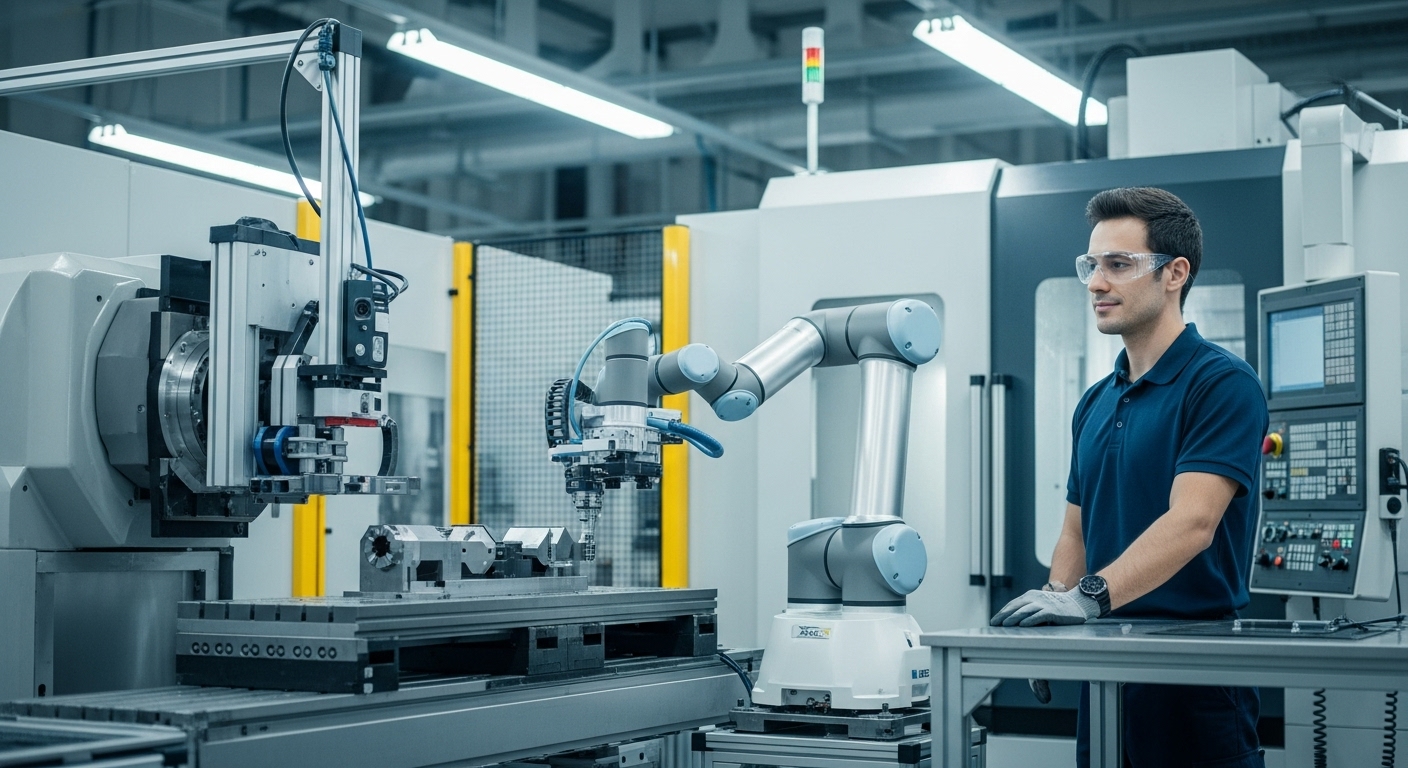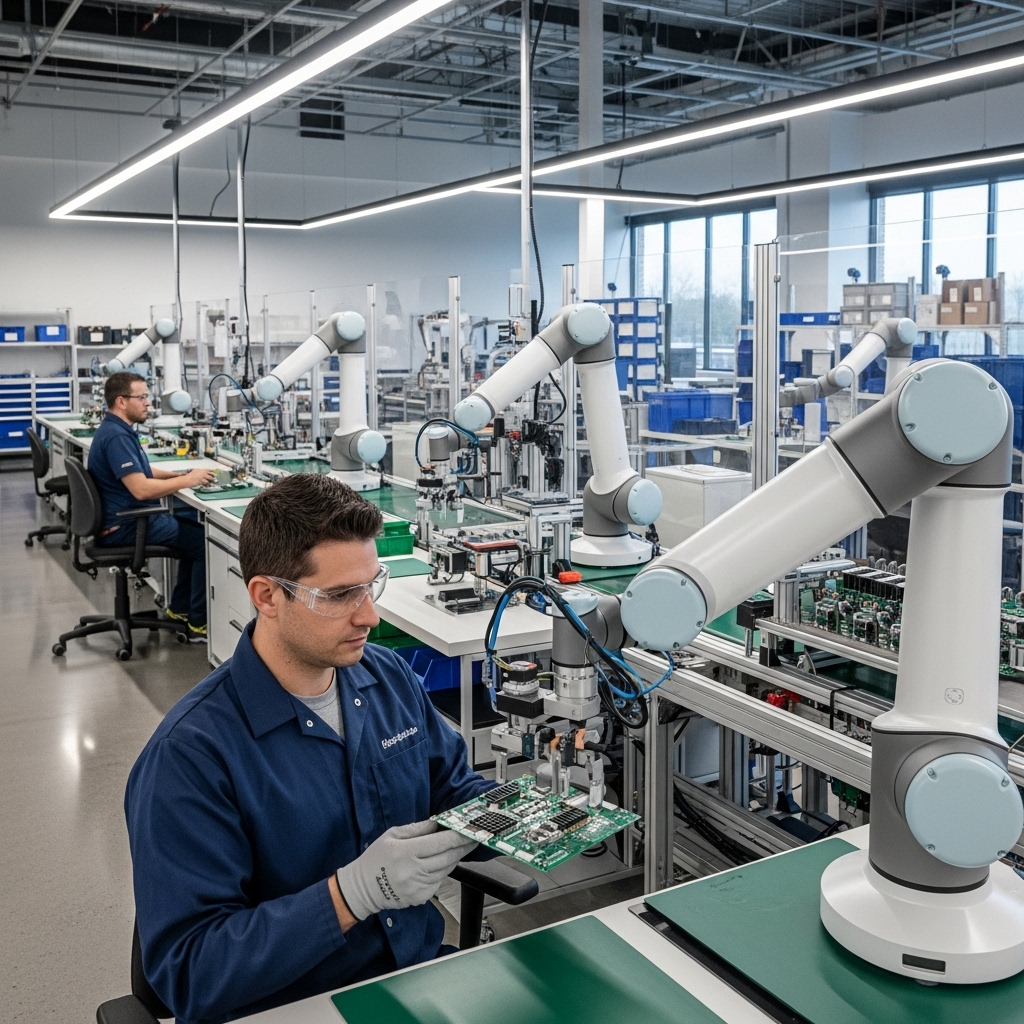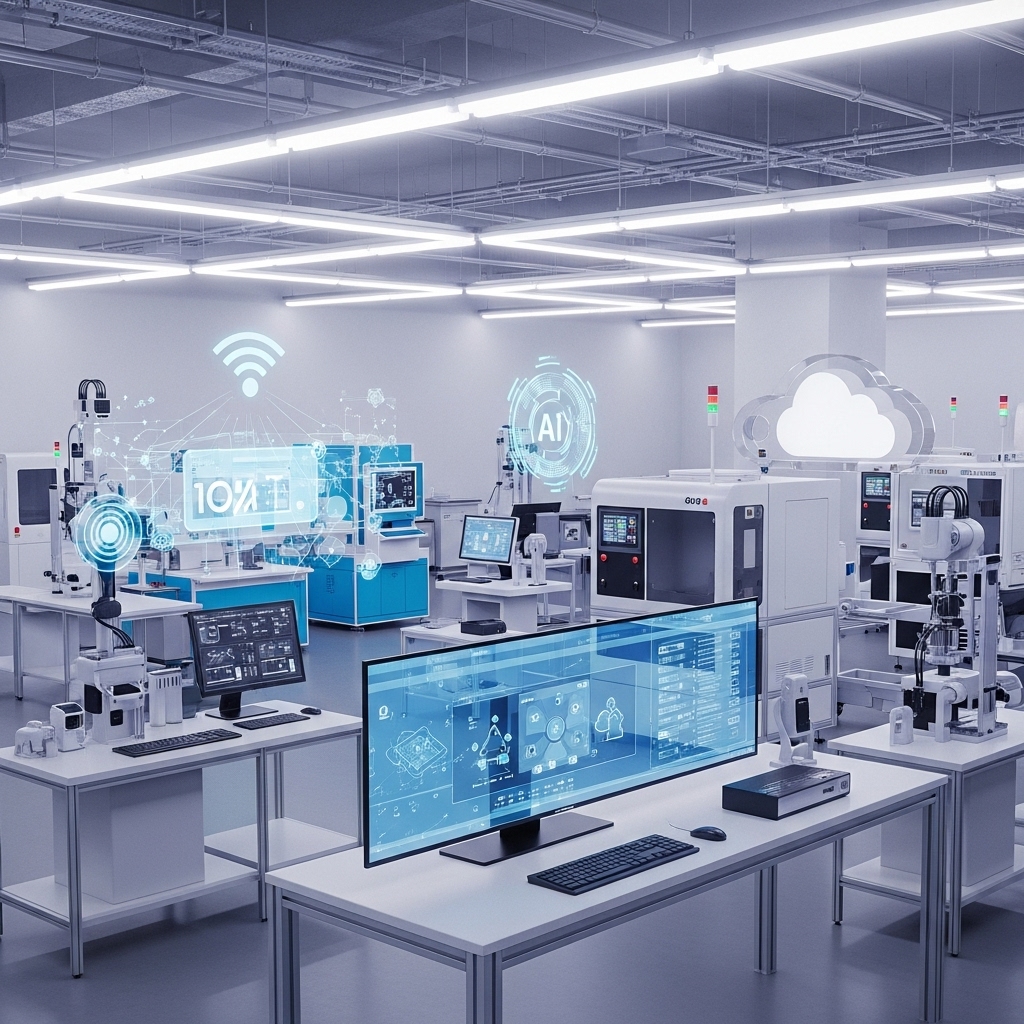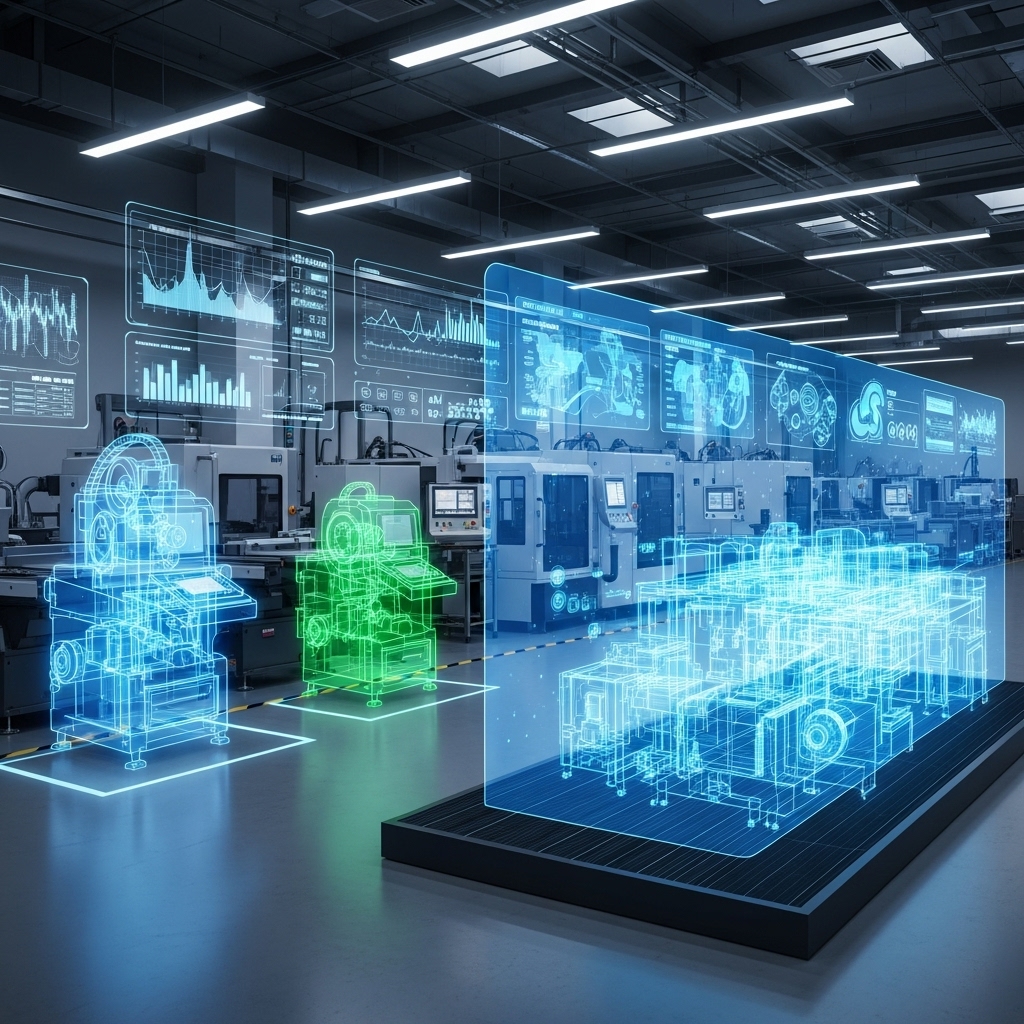In recent years, the manufacturing industry has been undergoing a significant transformation. This change is largely driven by advancements in technology, including the rise of edge computing and artificial intelligence (AI). Edge computing, in particular, is playing a crucial role in modern manufacturing by bringing computing power closer to where data is generated. This article explores how edge computing is reshaping manufacturing, the integration of AI, and the best platforms for implementing these technologies.
Edge computing refers to the practice of processing data near the source of data generation rather than relying on a centralized data center miles away. In manufacturing, this means processing data on the factory floor instead of sending it to a remote cloud for analysis. This approach reduces latency, enhances real-time decision-making, and improves overall efficiency.
The Benefits of Edge Computing
- Reduced Latency: By processing data locally, manufacturers can significantly reduce the time it takes to analyze data and make decisions. This is crucial in an industry where split-second decisions can impact productivity and safety.
- Improved Data Security: Keeping data closer to its source minimizes the risk of data breaches. Sensitive information stays within the factory’s local network rather than being transmitted over potentially insecure channels.
- Cost Savings: Reducing the amount of data sent to the cloud can result in lower bandwidth costs and decreased reliance on expensive cloud storage solutions.
- Enhanced Reliability: Edge computing systems can continue to operate even if connectivity to the cloud is lost, ensuring uninterrupted operations on the production line.
The Intersection of AI and Edge Computing
Artificial intelligence is becoming increasingly important in manufacturing for optimizing processes, predicting maintenance needs, and improving product quality. When combined with edge computing, AI can provide even greater benefits.
How AI Enhances Edge Computing
AI algorithms can be deployed at the edge to analyze data in real-time. This allows for:
- Predictive Maintenance: AI can predict equipment failures before they happen, reducing downtime and maintenance costs.
- Quality Control: Automated quality inspections can be performed using AI-driven image recognition, ensuring products meet standards without manual inspection.
- Process Optimization: AI can analyze production processes to identify inefficiencies and suggest improvements.
Challenges of Integrating AI with Edge Computing
While the benefits are clear, integrating AI with edge computing in manufacturing does present some challenges:
- Resource Constraints: Edge devices often have limited computational power and storage compared to centralized cloud servers, which can restrict the complexity of AI models.
- Data Management: Handling large volumes of data at the edge requires efficient data management strategies to ensure data is processed effectively.
Best AI Platforms for Edge Computing in Manufacturing
Several platforms are designed to facilitate the integration of AI with edge computing in manufacturing environments. Here are some of the best options available:
1. NVIDIA Jetson
NVIDIA Jetson offers a powerful platform for AI at the edge. It provides the computational power needed for complex AI tasks while being energy-efficient and compact. Jetson is ideal for applications such as robotics, automated inspection, and predictive maintenance.
2. Microsoft Azure IoT Edge
Microsoft Azure IoT Edge allows manufacturers to run AI models directly on IoT devices. The platform supports a wide range of devices and offers seamless integration with Azure cloud services for data analytics and storage.
3. Google Cloud IoT Edge
Google Cloud IoT Edge extends Google Cloud’s capabilities to the edge. With support for TensorFlow, Google’s AI platform, manufacturers can deploy machine learning models directly to edge devices, enabling real-time data processing and analysis.
4. AWS Greengrass
AWS Greengrass brings Amazon Web Services’ cloud capabilities to edge devices, allowing them to act locally on the data they generate. It supports machine learning inference and integrates with other AWS services for comprehensive data processing solutions.
Real-World Applications of Edge Computing and AI in Manufacturing
by Denis Zelenykh (https://unsplash.com/@zelenykh)
Manufacturers across various industries are already leveraging edge computing and AI to improve their operations. Here are a few examples:
- Automotive Industry: Car manufacturers use edge computing and AI for real-time quality checks during assembly, ensuring defects are caught early in the production process.
- Food and Beverage: AI-driven edge devices monitor production lines for consistency and quality, reducing waste and ensuring product safety.
- Electronics Manufacturing: Predictive maintenance powered by AI at the edge helps electronics manufacturers minimize downtime and optimize equipment performance.
Conclusion
Edge computing is revolutionizing the manufacturing industry by bringing computational power closer to the source of data. When combined with AI, it opens up new possibilities for efficiency, quality control, and predictive maintenance. As technology continues to advance, the integration of edge computing and AI will become increasingly vital for manufacturers seeking to remain competitive in a rapidly changing landscape. By adopting these technologies and leveraging the best platforms available, manufacturers can drive innovation and achieve greater operational success.





